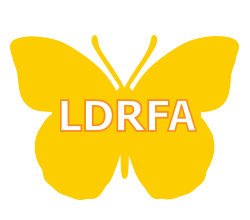By Zahavit Paz
Table of Contents
ToggleMedical Xpress reported that recent new research from Linnaeus University in Sweden has shown that apps, technology, and modern teaching skills work well for children with reading disabilities.
The mental health of these children has also been shown to be positively affected by the use of reading apps and the learning technology available today.
Researchers studied the correlation between the use of assistive technology (AT) such as apps on iPads and the mental health of children with reading disabilities. The results show that students with reading disabilities using technical aids such as apps are actually feeling emotionally better than expected.
Of interest to the researchers were the use of assistive technology applications on tablets to facilitate reading and to compensate for reading impairment along with its impact on the participants’ mental health and reading abilities.
Early Intervention
Children with a learning issue that affects reading and writing would benefit from early intervention and the use of Assistive Technology. Learning issues are usually diagnosed when a child is 5 years old or later. Understanding the learning issue and requesting the appropriate evaluation and resources such as the use of Assistive Technologies has been shown to improve a child’s learning experience and to support the child’s self-esteem.
Assistive Technology Tools
Assistive Technology provides the tools that offer support and allows independence for LD reading disabled students. However, since there are a number of causes of reading problems, diagnosis is important. This allows one to better pair the correct Assistive Technology tool with the person’s condition.
Apps Can Improve Reading, Writing, Spelling and Note Taking.
Assistive technology tools help by utilizing spell checks, grammar checks, and vocabulary building through word prediction tools. Some inexpensive apps offer tools to support the taking of notes, a process that dyslexic students often struggle with.
Students can download from libraries textbooks as audiobooks or in a digital book format, allowing a struggling reader to complete their reading assignments. Often those libraries’ services are free of charge.
Because there are so many software tools that perform multiple functions, it makes it difficult to chose from the large list of technologies.
Please refer to “Technologies for Reading” where we review assistive technology tools and provide our recommendations.
In “Technologies for Writing” we’ve chosen to list them in a manner that’s robust and easy to use.
For a complete overview of Assistive Technology tools organized by categories, click here.
LD Resources Foundation Technology Award Program
LDRFA.ORG offers grants for free assistive technology tools to students with learning disabilities.
Help Support LDRFA. Please Donate.
DONATE

